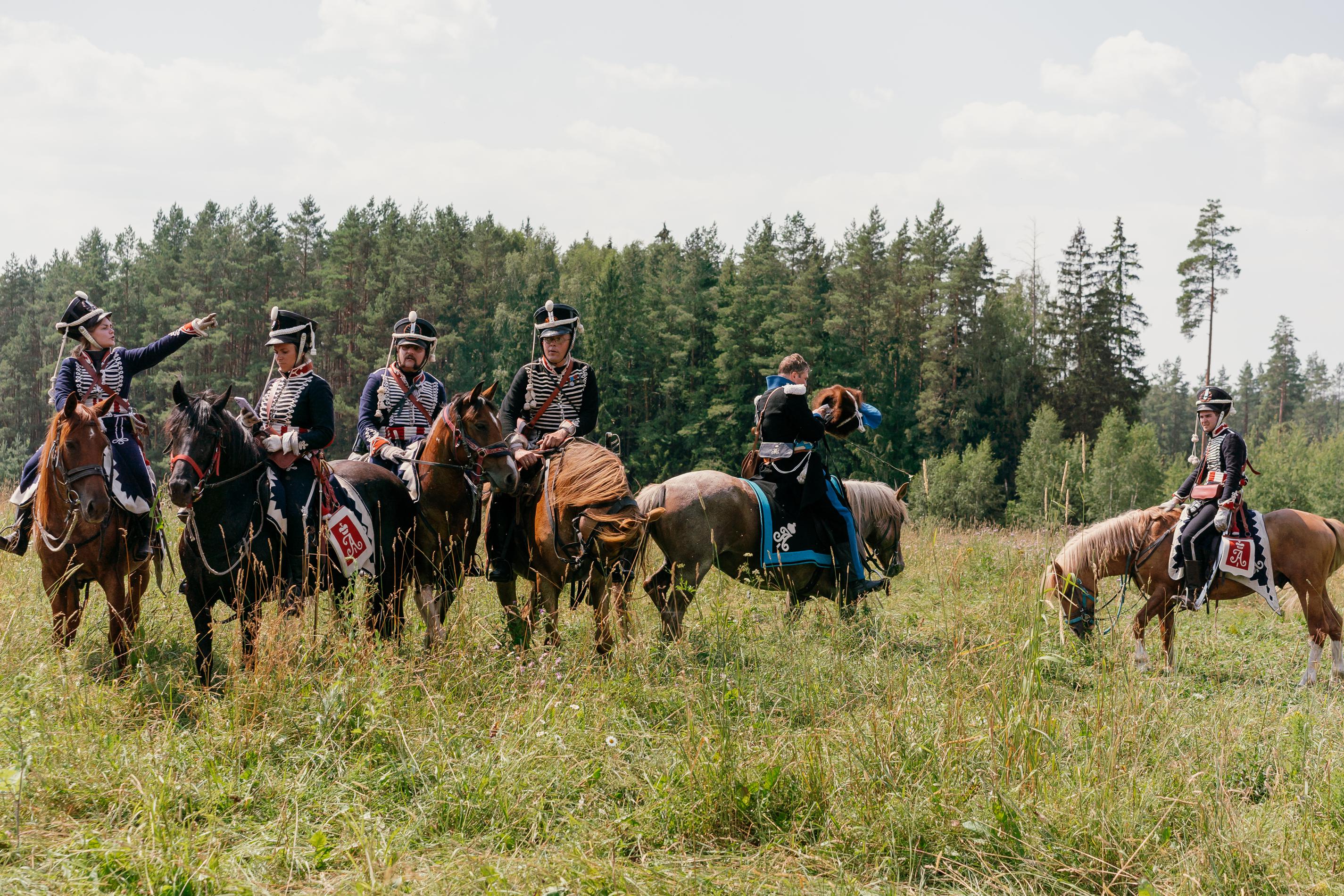Do you ever wonder how horses see the world? Horses have some interesting traits that make their vision different from that of humans.
Horses see

Have you ever wondered how horses see the world? Their vision is much different than our own, and it affects how they interact with their environment and other horses.
Horses have a wider field of view than humans, with a range of roughly 350 degrees. This means they can see almost all the way around them without turning their heads. They also have two-dimensional vision, meaning they can’t perceive depth and distance like humans can.
This makes it difficult for them to judge the size of objects or how far away they are. Horses also have better night vision than humans, with the ability to see in light conditions that would leave us in the dark.
Horses can’t distinguish between green and red, and they see more muted shades overall. Despite their limitations in color and depth perception, horses have excellent peripheral vision and can spot movement at great distances.
This helps them keep track of their surroundings and stay safe.
How far away can a horse see
Horses are incredible animals with a keen sense of sight. But how far away can a horse actually see? To answer this question, it’s important to understand how a horse sees in comparison to a human.
Unlike humans, horses have a wider field of vision, meaning they can see almost a full 360 degrees. Additionally, horses have a greater level of visual acuity, which allows them to spot even the smallest of objects in their peripheral vision.
So, while they may not be able to pick out details the same way a human can, they can recognize shapes and movement from a greater distance. In terms of actual distance, studies suggest that horses can see up to 4 miles away. That’s pretty impressive!
That’s pretty impressive!
How does a horse’s vision compare to human vision
Have you ever wondered how a horse sees the world differently from us? It turns out that their vision is quite different from that of humans.
They also have better night vision, allowing them to see objects more clearly in the dark. While their color vision is somewhat limited, they can still make out the difference between shades of grey.
Horses also have a higher tolerance for brightness, allowing them to tolerate sun glare better than we can, which is why they have been used in many sports and activities that require a keen eye. Despite these differences, horses still have the same basic vision as humans, allowing them to recognize and respond to the same objects and environments.
How does a horse see color
Have you ever wondered how a horse sees the world around them? While humans can see a full spectrum of colors, horses are limited to only shades of blue, green, yellow, and gray.
But how does a horse see color? It turns out that horses have dichromatic vision, meaning they have two types of color-detecting cones in their eyes. While humans have three types of cones, horses only have blue and yellow cones.
This limits their ability to distinguish between some colors, but their ability to detect movement and contrast is much better than ours. In addition, horses also have a wider field of vision and can see better in low light conditions. So, while horses may not be able to distinguish between all of the colors we can, their vision gives them an edge in many areas.
They can better detect movement and contrast, have an increased field of vision, and can see better in low light conditions. All of these factors make them great animals to work with and around.
Affect a horse’s vision
Horses have amazing vision, and it’s important to understand how they see the world. Horses have a wide range of vision, with a greater field of vision than humans. They have a panoramic view of up to 350 degrees, and can see both in color and in black and white.
They are also able to focus on objects close-up and far away. Additionally, horses have better night vision than humans, allowing them to navigate in the dark.
However, despite their superior vision, there are several ways that a horse’s vision can be affected, such as cataracts, infections, and injuries, which can lead to vision loss and blindness. It’s important to keep an eye on your horse’s vision and to seek help from a veterinarian if you notice any changes.
How to improve a horse’s vision
Do you ever wonder how a horse sees the world? Horses have unique eyesight, which affects how they interact with their environment. Understanding how a horse sees can help you better train and care for your four-legged friend.
By improving your horse’s vision, you can help ensure that they stay healthy and safe. Here are some tips to help you improve your horse’s vision, from selecting the right eyewear to ensuring that their environment is safe and well-lit.
With these tips, you can help your horse see the world more clearly so they can enjoy life to the fullest.
Final Touch
In conclusion, the horse has good vision, allowing them to see in color, detect movement, and distinguish objects in the distance. While their eyes are not as powerful as humans, they are still well adapted for their environment.
Horses rely on their vision to help them navigate their environment, and it is important that they are given plenty of space to roam and explore. With proper care and attention, a horse can enjoy a long and healthy life.